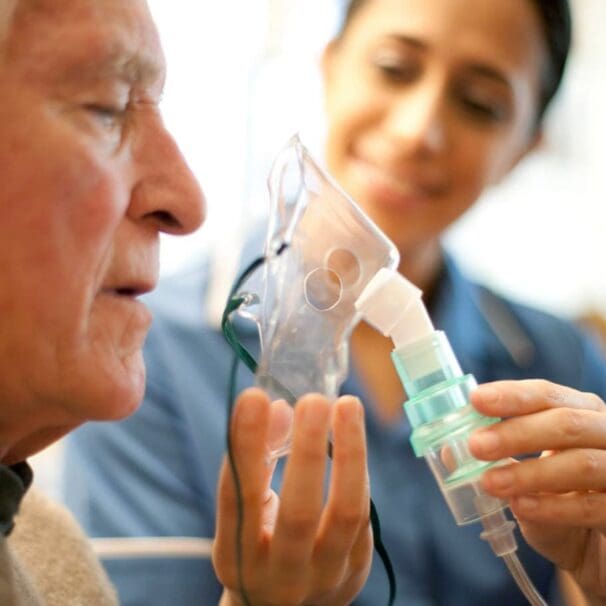HealthProviders DB is a comprehensive database of healthcare providers, including a complete directory of all Geriatric Care Registered Respiratory Therapists.
Registered Respiratory Therapist Healthcare Taxonomy Code 2279G0305X
As of today, the following are the total number of Geriatric Care Registered Respiratory Therapists nationally, in your state, and near your location.
Medicare
The following are the total number of Geriatric Care Registered Respiratory Therapists who accept Medicare in your state, the number who have opted out of Medicare, and the total number excluded from participation in Medicare nationwide.
You can download the Geriatric Care Registered Respiratory Therapists dataset using HealthProviders DB Export.

What do Geriatric Care Registered Respiratory Therapists do?
Geriatric Respiratory Therapists specialize in helping elderly patients with chronic lung diseases, such as COPD, by providing ventilator management, administering pulmonary medications, performing diagnostic tests, and teaching home-based breathing techniques to improve their quality of life and manage their conditions.
They also collaborate with physicians to develop personalized treatment plans and respond to respiratory emergencies in long-term care settings.
What they do
Home Care Services: Assist in recommending and providing home care services, ensuring patients have the necessary equipment and knowledge to manage their respiratory health outside of a hospital setting.
Patient Assessment & Diagnosis: Interview and examine geriatric patients to identify cardiopulmonary disorders, and conduct diagnostic tests such as pulmonary function tests to evaluate lung capacity and arterial blood gases.
Treatment & Therapy: Administer oxygen therapy, deliver aerosolized medications, perform chest physiotherapy, and manage mechanical ventilators for patients in long-term care.
Care Planning & Coordination: Collaborate with physicians and other healthcare professionals to develop and implement tailored treatment plans for chronic respiratory conditions.
Emergency Response: Respond to medical emergencies, including “code blues,” by managing airways, assisting with intubation, and providing immediate care to stabilize patients.
Patient and Family Education: Teach patients and their families how to use and maintain breathing equipment, such as inhalers and oxygen machines, and provide education on managing their conditions at home.

